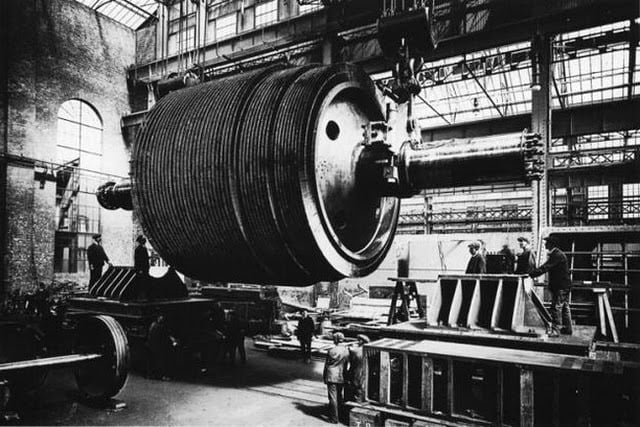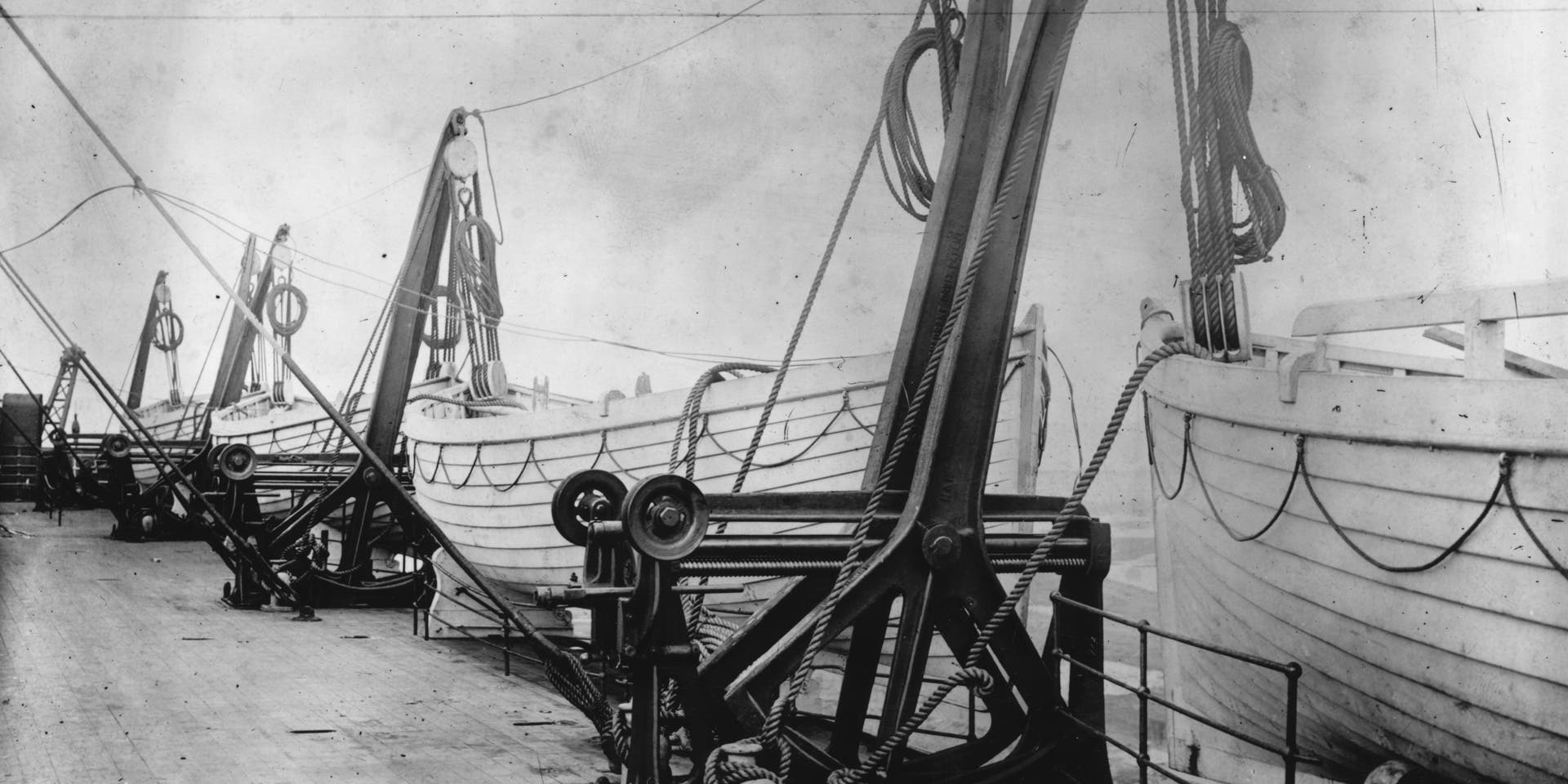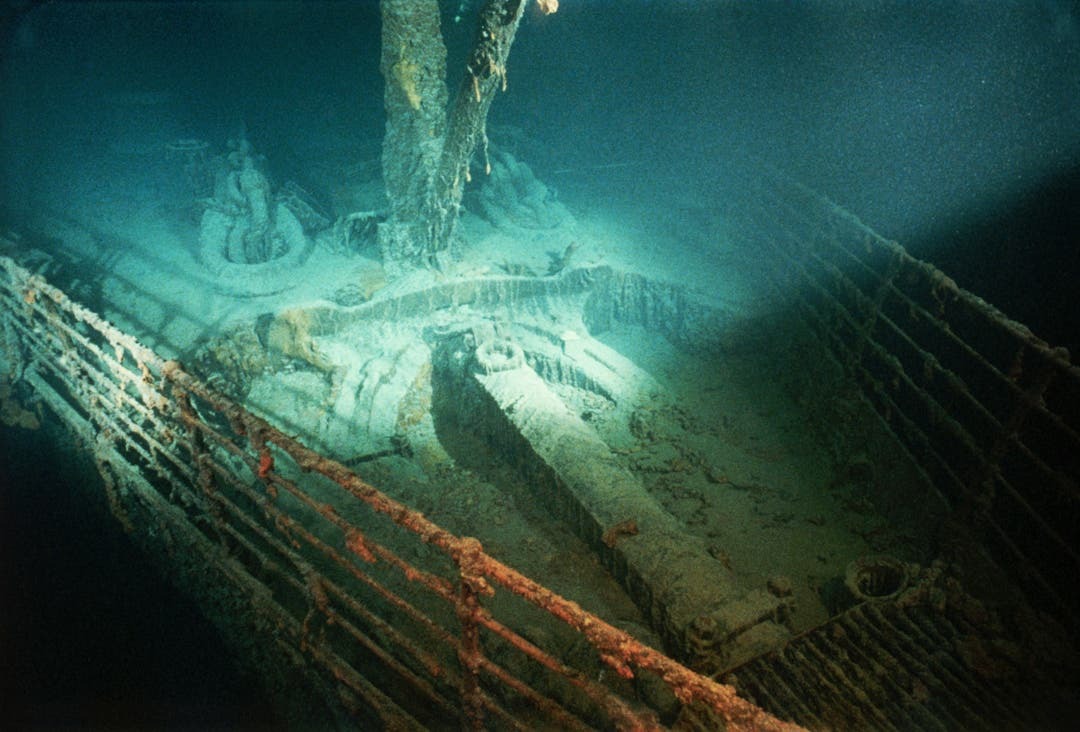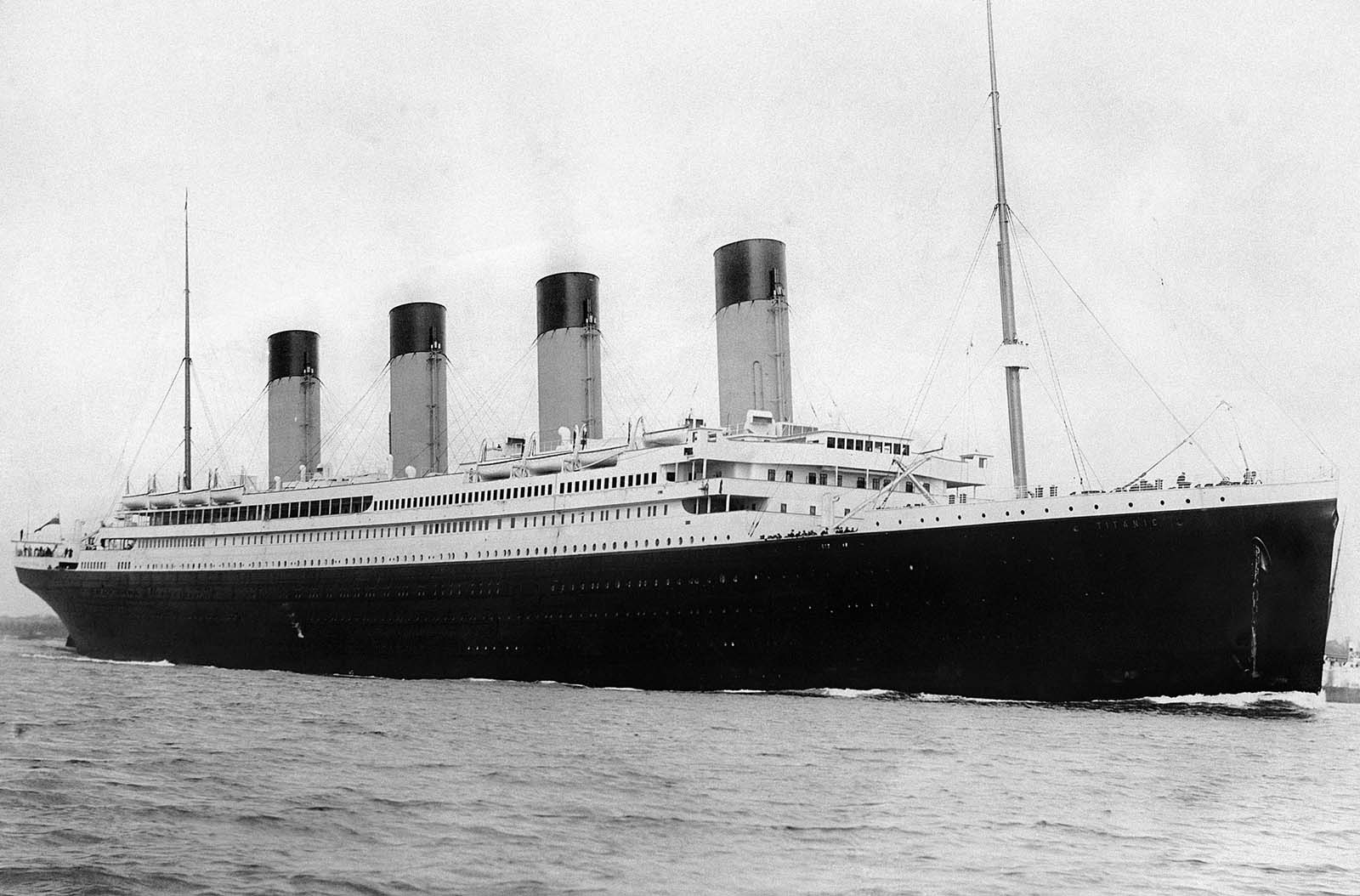Titanic By Numbers: The Untold Story Of Construction, Tragedy, And Discovery

In history, the RMS Titanic remains one of the most iconic ships ever built, not just because of its grandeur but due to the heartbreaking tragedy that befell it. On April 15, 1912, the world watched in disbelief as the “unsinkable” ship sank, claiming over 1,500 lives.
But beyond its tragic fate, Titanic’s construction, maiden voyage, and eventual rediscovery hold countless fascinating details. For history lovers, the Titanic is more than just a sunken vessel.
Let’s explore the remarkable journey of the Titanic in terms of numbers, from its ambitious construction to the fateful night it sank.
The Ambitious Beginnings: Titanic’s Construction and Cost

In 1909, the Harland and Wolff shipyard in Belfast, Ireland, embarked on constructing what would become the largest ship in the world at the time.

Designed to showcase luxury, power, and progress, Titanic boasted over 3 million rivets, holding its colossal structure together.
It spanned 882 feet, about the length of four city blocks, and weighed 46,000 tons.

It was a floating city equipped with ten decks, eight of which were designed for passenger use.
The ship boasted luxurious amenities, including a grand staircase, fine-dining restaurants, and spacious cabins for first-class passengers.

The Titanic was powered by three main engines, combining reciprocating steam engines with a low-pressure turbine.

This design not only enhanced speed but also improved fuel efficiency. The ship could carry over 6,600 tons of coal.

The construction of the Titanic involved thousands of workers. The ship was meticulously assembled, with great attention to detail in every aspect—from the grand staircase to the opulent dining rooms.

The building process itself took just over two years.
The total cost to build Titanic? A staggering $7.5 million back then—equivalent to $200 million today. But as the price tag grew, so did its grandeur.

The Titanic was designed to carry 3,300 passengers, from the wealthiest elites to third-class immigrants seeking a new life in America.

The idea was simple: no matter your social class, the Titanic promised a safe, luxurious journey across the Atlantic.
The Fateful Maiden Voyage

The Titanic’s maiden voyage began on April 10, 1912, with a grand departure from Southampton, England.

On board were over 2,200 passengers, including notable figures like John Jacob Astor IV, one of the world’s richest men, and the socialite Molly Brown.

Titanic’s first-class offerings were nothing short of opulent, featuring a 10-course final dinner with dishes such as filet mignon, oysters, and Waldorf pudding, served in its lavish dining rooms.

But elegance soon gave way to catastrophe. Despite receiving six iceberg warnings on April 14, Captain Edward Smith maintained course. At 11:40 PM, a watchman spotted an iceberg just ahead.

The Titanic attempted to turn but struck the iceberg. Its six watertight compartments were irreparably damaged. Had it been only four, the ship might have stayed afloat.
The Numbers Behind the Tragedy: Survivors and Losses

One of the most haunting aspects of the Titanic tragedy is its avoidable loss of life. Despite being equipped to carry 64 lifeboats, the Titanic had only 20, enough for 1,178 passengers.
With more than 2,200 people aboard, there was no chance for everyone to escape.

The chaotic evacuation—hampered by the “women and children first” protocol—meant that many lifeboats were launched only half full.
In the end, over 1,500 souls perished in the icy waters, while only around 700 were rescued.

The freezing ocean, at a lethal 28 degrees, claimed most lives through hypothermia, with few lasting more than 15 minutes in such conditions.

As survivors floated on lifeboats, many remembered the sound of Titanic’s string band playing as the ship disappeared beneath the waves.

Benjamin Guggenheim, one of the ship’s wealthy passengers, was famously quoted as saying, “We’ve dressed up in our best and are prepared to go down like gentlemen.”
The Long Road to Discovery: Titanic’s Wreck Found

For 73 years, the wreck of the Titanic lay hidden, resting some 12,000 feet below the surface of the Atlantic. Many wondered if it would ever be found or if its resting place would remain a mystery.

It wasn’t until September 1, 1985, that famed oceanographer Robert Ballard discovered the wreckage, nestled within a 15 square mile debris field.

This discovery was part of a U.S. Navy mission, originally designed to search for sunken nuclear submarines during the Cold War, which serendipitously led to Titanic’s location.

The remains of the Titanic, broken in two, now rest on the ocean floor, its once-grand hallways filled with mud, rust, and the slow decay of time.

For historians, this discovery was a milestone. It revealed more than just a lost ship; it provided clues about the final moments of the vessel and the passengers aboard.
Lessons from the Titanic: A Legacy of Change

The Titanic disaster wasn’t just a maritime tragedy; it was a wake-up call that reshaped safety protocols at sea.
The inadequacy of lifeboats, lack of preparedness, and overconfidence in engineering perfection led to changes that continue to impact modern maritime regulations.

The International Convention for the Safety of Life at Sea (SOLAS), established in 1914, made lifeboats mandatory for all passengers and crew.
It also required continuous communication on ships, so that never again would distress signals go unheard, as happened when the SS Californian, stationed only 19 miles away, failed to assist in time.

As we look back at the Titanic, it serves as a reminder of both human ingenuity and human fallibility. It was a ship built to conquer the seas, but it was nature and human decisions that ultimately decided its fate.
The ship that could not sink became one of history’s greatest lessons in humility.

